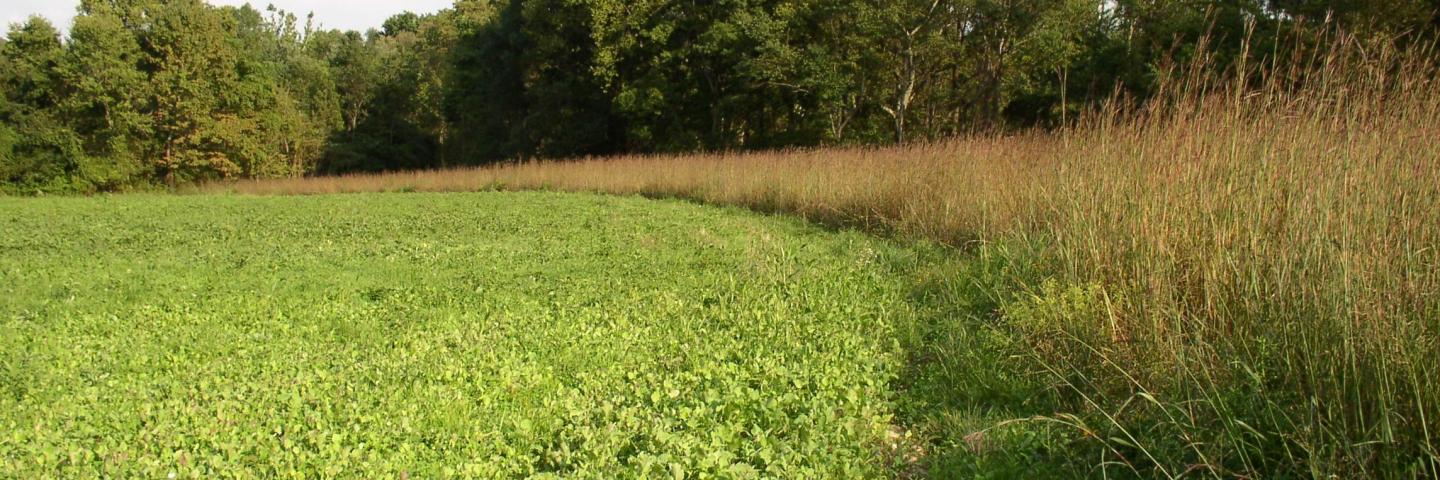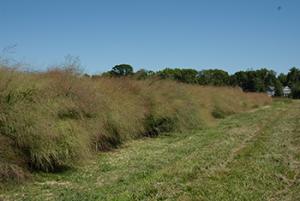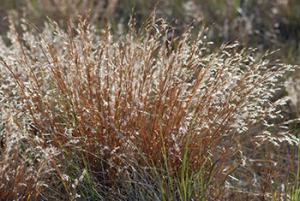Native Warm-Season Grasses for Mid-Atlantic Producers

Native warm-season grasses provide many benefits to producers and to improve the conservation of natural resources.

Native warm-season grasses (NWSG) are a versatile, tough, long lived, drought resistant and utilitarian group of perennial plants. They are naturally well adapted to regional soils, climate, and pests (insects and diseases). They comprise primary components of seed mixes which address many resource concerns, including:
- Streambank and Shoreline Riparian Buffers
- Enhanced Wildlife Food and Cover
- Water and Air Quality Improvement
- Drought Tolerant Forage for livestock
There are many different NWSG available to choose from to meet conservation goals. A given NWSG variety may be well suited for one purpose and poorly suited for another. It may be necessary to prioritize planting objectives as to which resource concerns are most important and best addressed by individual species or varieties. NWSG species occur throughout most of the continental US. Commonly used native warm-season grasses for conservation on mid-Atlantic US farms are:
- Big Bluestem
- Coastal Panicgrass
- Switchgrass
- Indiangrass
- Little Bluestem
- Prairie Cordgrass
- Eastern gamagrass
- Florida Paspalum
- Prairie cordgrass
- Shore (coastal) little bluestem

Mid-Atlantic conservation planners and producers need varietal adaptation and performance recommendations for NWSGs. Regional Plant Materials Technical Note 5: Selection and Use of Native Warm-Season Grass Varieties for the Mid-Atlantic Region was developed to provide helpful guidance to conservation planners and producers. This publication provides information on 24 NWSG varieties with recommendations and information on primary conservation use, soil pH requirements, soil moisture preference, and soil salinity tolerance.
For more information on using NWSG in the mid-Atlantic region contact the Norman A. Berg National Plant Materials Center or the New Jersey Plant Materials Center.
For additional information on specific species of plants mentioned, please see the USDA PLANTS database. Technical information and guidance on the use of conservation plants to address resource concerns can be found on the Plant Materials Program website or contact the nearest Plant Materials Center or plant materials specialist.

